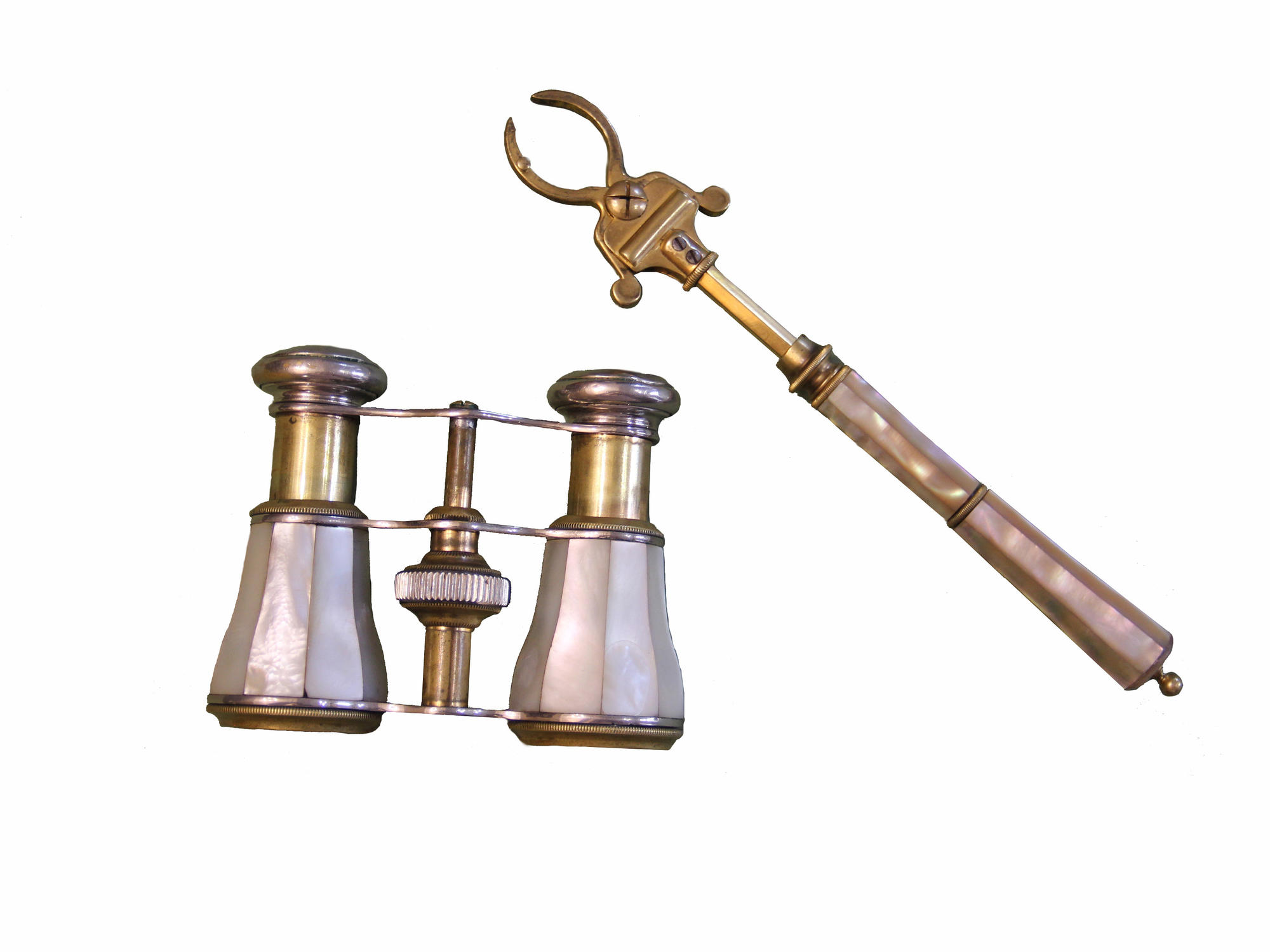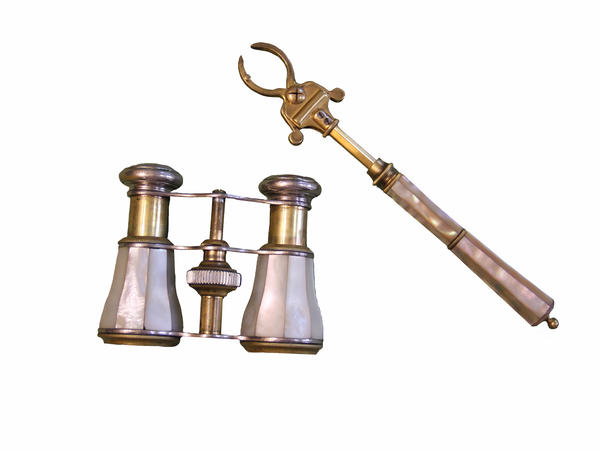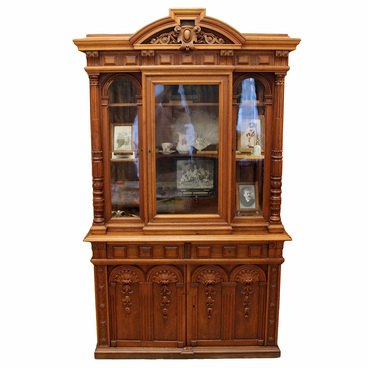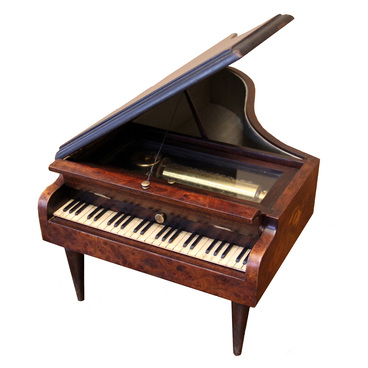Binoculars of all sorts were preceded by the monocular, basically a spyglass or telescope, invented by Hans Lippershey, a German-Dutch spectacle-maker, in 1608. On the basis of that invention, Galileo Galilei assembled the first binocular from two spyglasses in 1609. He placed them in parallel to each other and fixed in the centre. In both objectives of his binocular, Galilei installed collective lenses, which reduced the distance and magnified objects, and divergent lenses, which diminished the size of objects. The earliest binoculars were used by seamen.
Lorgnette
Creation period
End of the 19th century
Dimensions
8x10x3,5 cm
8х10х3.5 cm
8х10х3.5 cm
Technique
Brass, mother of pearl, glass
Exhibition
3
Open in app#1
Lorgnette
#3
#8
After 1611, various inventors and opticians used Galilei’s invention as a starting point to try and improve the binocular, changing the barrel shape and lens sizes and combinations. The German mathematician and astronomer Johannes Kepler designed a prism binocular capable of 20x magnification. This enabled distance measurements by means of binoculars. Prisms, however, generated upside-down pictures.
#9
The principle worked out by Galileo Galilei came to be used for theatre binoculars, so-called opera glasses. The opera glasses were first patented by Johann Friedrich Voigtländer, an Austrian optician, in 1823. They were short and light and easy to hold, and even small magnification was enough to examine the details of stage performances. They looked different from the binoculars of today, rather like folding spectacles in a frame, attached to a handle. They even had a name of their own, lorgnettes. The handle helped to avoid keeping your hand raised all the time.
#7
The binocular acquired its customary look after 1825, when the French inventor Pierre Lumière designed and assembled a mechanism focusing the image from both lenses in the centre. That device provided a clearer and better quality picture.
#4
Opera glasses
#10
Opera glasses were manufactured of a copper alloy, with decorations of silver and guilt inlays, glass, and engraving. Some opera glasses were attachable to ladies’ fans. Later, the list of adornments expanded by adding mother-of-pearl and ivory.
#11
The lorgnette on display in the museum was manufactured from brass alloy and glass at the close of the 19th century. The facets and handles are decorated with mother-of-pearl. In old catalogues, such lorgnettes with handles were called ladies’ opera glasses. They were usually kept in special plush bags to protect the glasses from scratches. The bag of the displayed glasses has not survived.
read morehide
00:00
00:00
1x
Lorgnette
Creation period
End of the 19th century
Dimensions
8x10x3,5 cm
8х10х3.5 cm
8х10х3.5 cm
Technique
Brass, mother of pearl, glass
Exhibition
3
Open in app
Share




